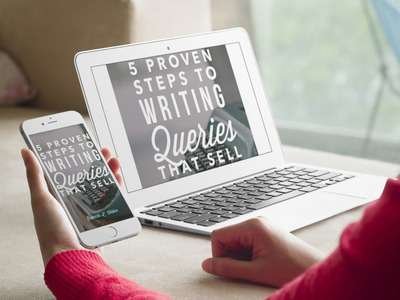Modern Journalist Toolkit 19: A new answer to “Why now?”

In South Africa, “now” means sometime in the near future. “Now now” means even sooner.
And when an editor (anywhere in the world) asks why your story is important now, they mean when the piece will be published and read. That could be tomorrow, in three months, or a year.
Anticipating this aspect of your story has a big impact on if you’ll get the assignment now or not.
If that editor can choose between two stories that are otherwise equal, the one with urgency will win out over the one with a long shelf life. That’s true at the pitching/assignment stage, when it comes time to publish, and even with what readers themselves choose to read.
Breaking news is the most extreme. The vast majority of people will read about a breaking news story right after it happens—not three months later.
Many freelance writers struggle with this. I’m no exception.
Usually when I’ve left a news hook out of a pitch, it was because I couldn’t come up with one easily, and hoped for the best. After all, there are evergreen stories out there. I’ve read and sold a few myself. Maybe you have too.
I’ve tried slapping on a thin hook, which sometimes does the trick. And I’ve had some evergreen ideas linger in my ideas folder for a long time, and eventually a news item would come up that was a good fit, making it salable. (That’s a whole other story I’ll tell you soon.)
But I started to wonder about speeding up the process to improve my pitch acceptance rate.
What would happen if I started with the news, rather than adding it on?
As it turns out, using current events to spark feature ideas is a twofer. You get an idea that hasn’t been done to death, plus an integral answer to that timeless question, Why now?
Basically, instead of grasping around for a news hook or settling for one that’s a bit of a stretch, it’s the first thing you consider.
It’s easier to explain what I’m talking about with some examples, so if you’re interested, check out the (new) video below (now):
The examples in the video are travel stories, but this approach can be used for almost any speciality or beat.
Want to know what else I include in a story pitch? If you want my blueprint for writing queries that editors find irresistible, download a copy of the free eguide, “5 Proven Steps to Writing Queries that Sell.”

 Download a free copy of “5 Proven Steps to Writing Queries that Sell.” I hate spam and will never share your info.
Download a free copy of “5 Proven Steps to Writing Queries that Sell.” I hate spam and will never share your info.